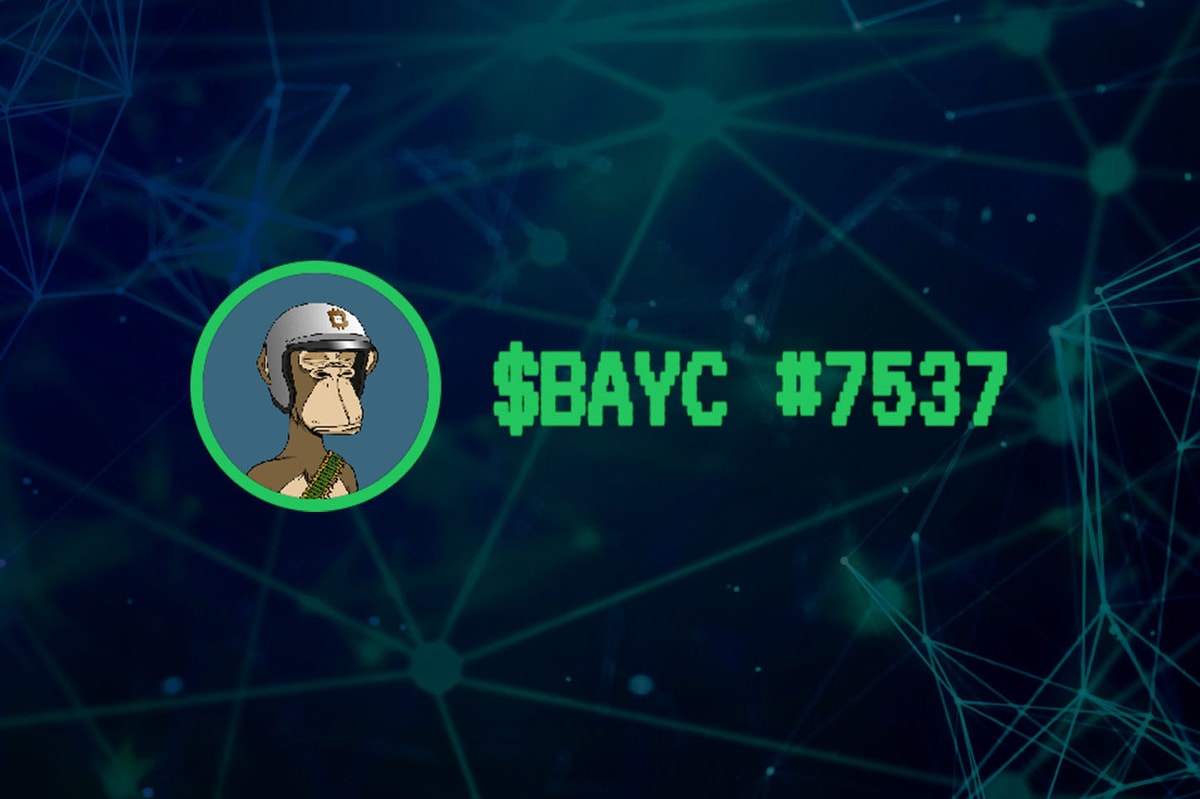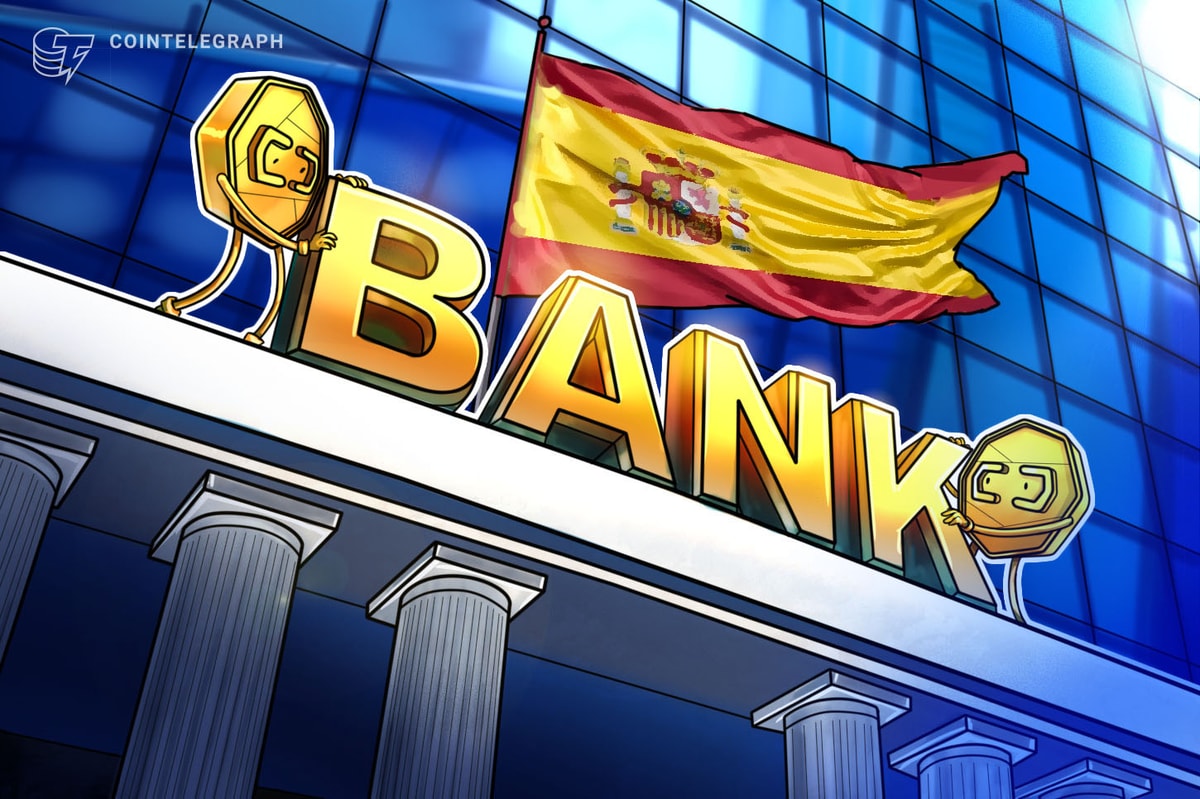
When you think of bitcoin and extreme sports, you may not necessarily put the two together. And yet, for many in the extreme-sports world, the digital currency provides the perfect avenue for funding and exposure.
Take motorcycle racing and paragliding. Two completely different sports, but they have one thing in common: bitcoin.
Paraglider Rhys Fisher is not your normal 9-to-5 kind of guy. U.K.-born, the 26-year-old professional pilot is blazing an uncommon trail and attempting to demonstrate that bitcoin is a viable solution for extreme sports.
Brought up amongst the vineyards of southeast Spain from the age of 12, Fisher returned to the U.K. in 2008 at the age of 18 during the economic collapse. Within two months, though, he was back in Spain, up north, working for Ryanair as one of the cabin crew. However, after a few years, the bug to move on returned, which saw him landing a job in Belgium.
During this time, though, he admits that he struggled to find the time for paragliding. Eventually, he decided to leave his demanding job and put his passion first and focus on his first love of gliding through the air.
Speaking to Bitcoin Magazine, Fisher said that he’s been finding freelance work along his journey, sometimes pursuing more entrepreneurial projects.
“[This] eventually led me to launching the Thermal Crossings project, which is my attempt to rewrite the adventurers’ rule book.”
Thermal Crossings is an experiment to explore crowdfunded sports expeditions from training to the final trip. According to Fisher, he hasn’t seen anyone do anything like it before, which he believes is similar to Bitcoin: new, relies on technology and demonstrates the power of the people.
Currently based in Algodonales, Spain, Fisher has always been passionate about technology, more specifically the internet. It wasn’t until this year, however, that he had the opportunity to meet a friend who set him up with his first bitcoin wallet and bitcoins.
Keen to learn more about the digital currency and what it can do for extreme sports such as paragliding, Fisher undertook an experiment.
At 4,000 feet, Fisher demonstrated to another paragliding pilot he was introducing bitcoin to that he could make a mobile top-up anywhere with Bitrefill.
“When I’m crossing mountain ranges with my paraglider, having mobile credit in an emergency provides an important safety margin,” Fisher said. “[As] paragliders have a very narrow weather window, when the weather conditions are flyable, I want to be in the air, not waiting for mobile top-up stations to open.”
To pull off the experiment in flight, Fisher switched on his SkyDrop — a GPS device — and took off from El Buey, Jumilla, in Spain. Using the thermals to get up to the cloud base, he used the altitude to fly away from the mountain, positioning himself for the good view of the ridge he took off from.
“The website worked flawlessly, and the Bitrefill arrived within a few seconds,” he said.
For Fisher, bitcoin has provided a simple and effective solution to what was previously a problem for him.
For his next adventure, he is raising funds for a trip to Nepal and India next spring. It will require over 16 bitcoins to take him and his team there, and he intends to explore and demonstrate the possibilities with bitcoin.
By embracing the digital currency as a viable travel currency, Fisher wants to highlight what it truly means to leave behind the comforts of fiat currency while pursuing extreme adventures.
“I’m always finding new services that make it more useful as a currency, and can’t help but think it’s the money of choice for living an agile existence,” Fisher said. “I could never imagine that a currency that isn’t backed by a government or bank could work, but it does, and it works well.”
Isle of Man TT
When you think of the Isle of Man TT, the international motorcycle sport event held every year on the island situated in the Irish Sea between England and Ireland, you don’t necessarily equate it with bitcoin.
And yet, CoinCorner, the Isle of Man–based bitcoin-solutions provider, is changing that. In 2015 and 2016, CoinCorner sponsored ten-time TT winner “Flying Kiwi” Bruce Anstey. During the event, Anstey sported the CoinCorner logo and the Bitcoin logo on his helmet.
The Isle of Man is known as “Bitcoin Island,” and Bitcoin Magazine caught up with Molly Spiers, marketing manager at CoinCorner, who said that as a local business CoinCorner is keen to support its local community.
“The added benefit of sponsoring the Isle of Man TT is that it now has a large global audience and is viewed by millions of people on TV and online, so we can get global exposure for bitcoin and CoinCorner at the same time as sponsoring a local event,” said Spiers.
While it’s true that Anstey may know more about motorbikes than bitcoin, CoinCorner was keen to support a local event and, in particular, someone who has similar characteristics to their business: polite, calm, but with a cold hard determination to succeed. According to Spiers, Anstey embodies these characteristics.
Spiers states that just like the TT, bitcoin will continue to grow as more people adopt it for online transactions and cross-border payments.
“The TT has grown from humble beginnings to become a global phenomenon with a huge online presence that attracts visitors from all over the world, [so] the parallels between the TT and bitcoin are easy to draw.”
The 2017 Isle of Man TT has the potential to further highlight the positive impact bitcoin can have on the public. With many people’s trust in the banking system diminishing, bitcoin provides them with the ideal avenue to essentially become their own banks, reducing reliance on the traditional banking systems.
“If the Bitcoin logo is increasingly seen in public, it will reinforce the idea that bitcoin as a currency is here to stay,” added Spiers. “People will gain comfort from the fact that the Bitcoin brand is growing.”
Watch Rhys Fisher’s mobile top-up at 4,000 feet:










